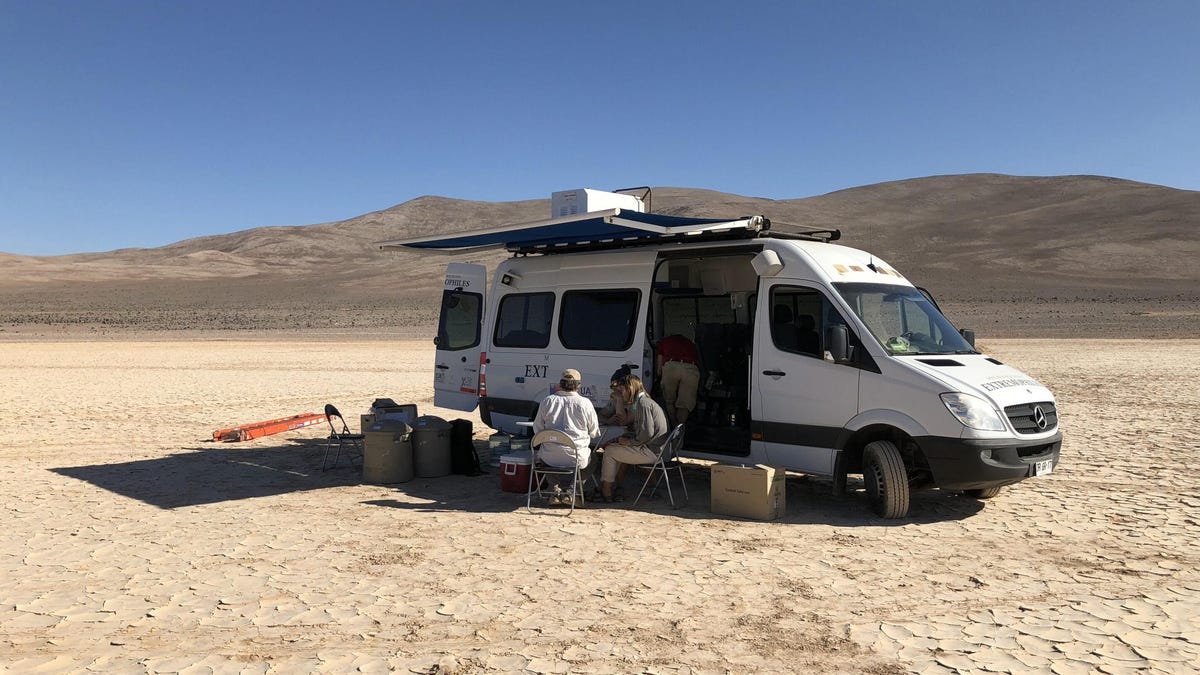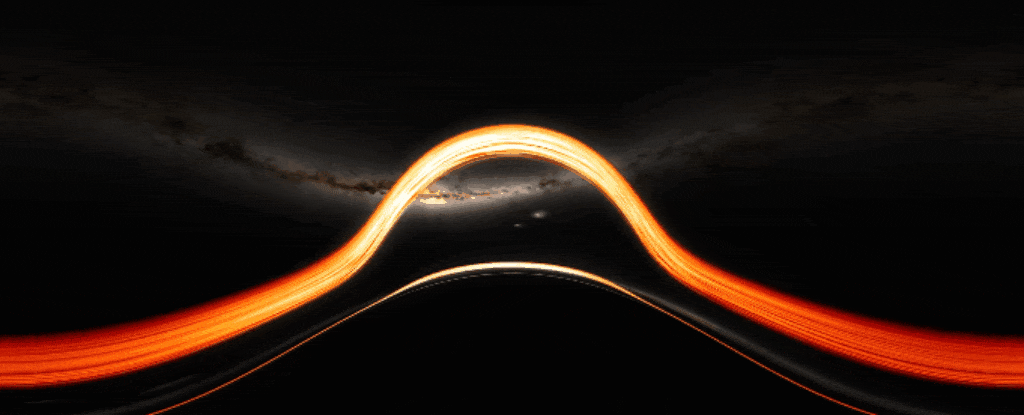The Atacama Desert—an arid, unpopulated swath of northern Chile that is home to some of the most perceptive ground telescopes on Earth—is actually teeming with life beneath the ground, according to a team of researchers that recently scrutinized its soils.
As LiveScience reminds us, scientists have already found microbial life under the desert’s surface. What we didn’t appreciate until now is the diversity of this life. The team behind this latest finding sampled the soil to a depth of 13.78 feet (4.2 meters) in the desert’s Yungay region, observing different microbial communities across the depths and soil types. The team’s research was published this week in PNAS Nexus.
The living things include cyanobacteria and the extremophilic Actinobacteriota, as well as a nitrogen-fixing class of bacteria called Alphaproteobacteria. According to the team, the porous nature of gypsum crystals forms a microclimate that protects microbes from the ultraviolet radiation overhead, but allows enough light to get through that the microbes can undergo photosynthesis.
“High salt concentrations are possibly causing microbial colonization to cease in the lower part of the playa sediments,” the team wrote, but “in the underlying alluvial fan deposits, microbial communities reemerge, possibly due to gypsum providing an alternative water source.”
There is very little water in the Atacama; a 4-year study conducted during an El Niño that brought heavy rainfall to other parts of central South America caused just one rain event in the valley, of just .091 inches (2.3 millimeters). The team added that similar gypsum deposits on Mars could provide a water source for microbial life on the Red Planet, should it exist.
While NASA has attempted to dig into the Martian surface before, and the Perseverance rover has collected a cache of interesting rock samples on the planet, no mission has ever dug as deep as the researchers recently did in the Atacama. The Chilean desert is so desolate that scientists use it as an analogue for Mars, so if life manages to persist under its surface, it’s worth considering the possibility that it does on the Red Planet, too.
“Even though gypsum may not be ubiquitous in the subsurface of all deserts, the presence of this subsurface niche could indicate that the global biodiversity of deserts was underestimated so far and that under given circumstances a subsurface community can persist in the deeper layers of the driest places on Earth,” they wrote.
The recent research bucked the trend of upward-looking science in the Atacama, to reveal the life eking out existence in its alien—albeit terrestrial—environs.
More: Deepest Virus Ever Detected Unearthed by Scientists in the Mariana Trench

Dr. Sarah Adams is a scientist and science communicator who makes complex topics accessible to all. Her articles explore breakthroughs in various scientific disciplines, from space exploration to cutting-edge research.








